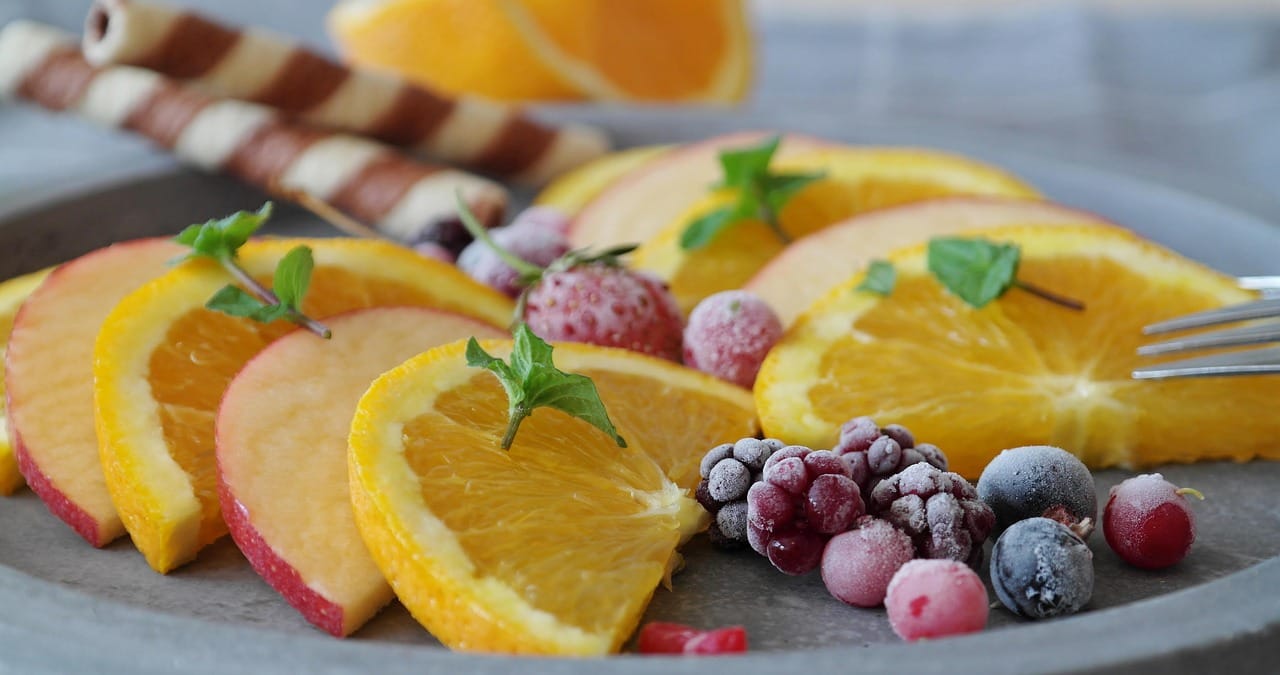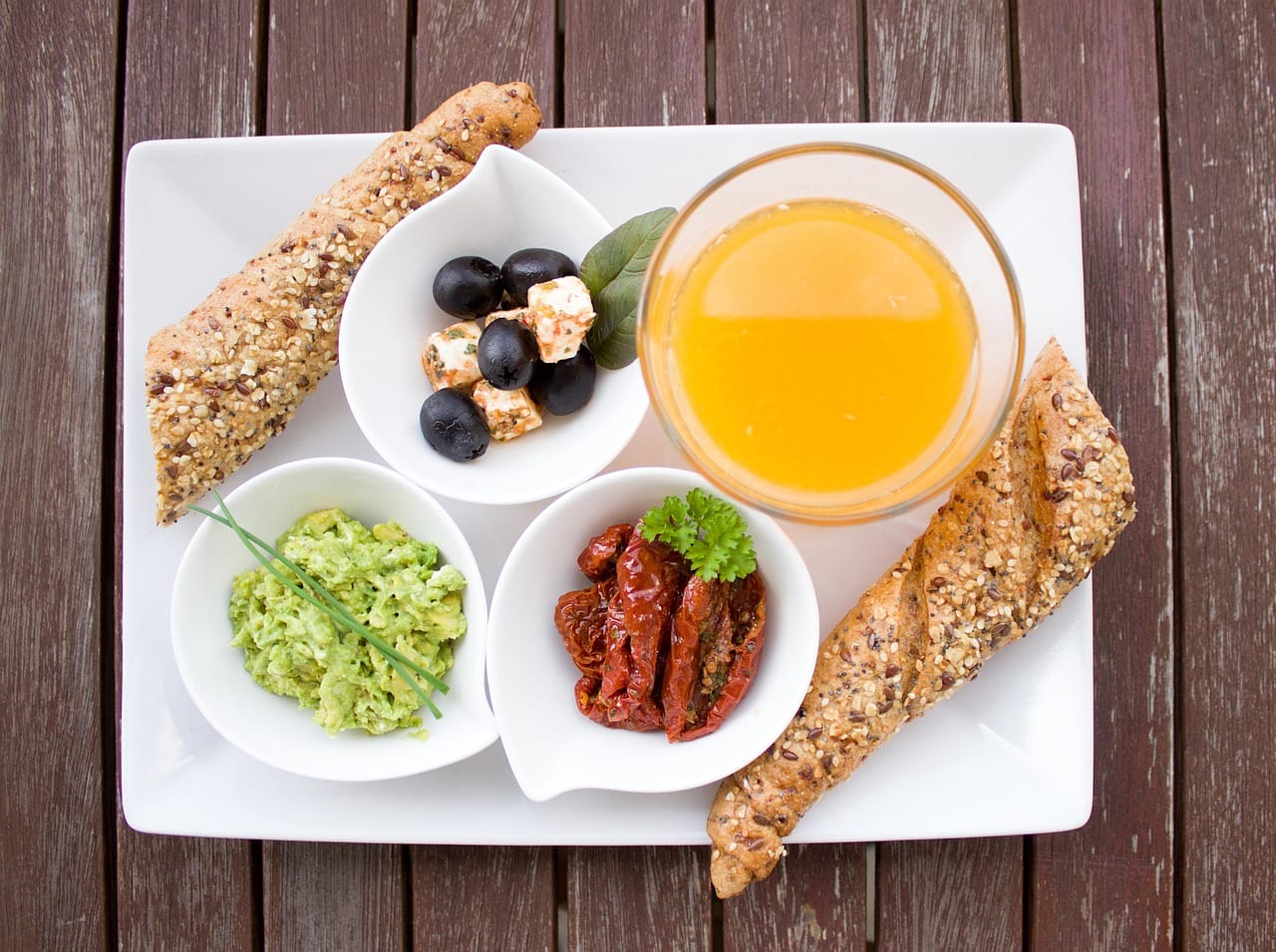A symphony of sweet and tart, a visual masterpiece, and a taste of pure summer joy – the fruit tart holds a special place in the hearts (and stomachs!) of dessert lovers everywhere. This isn’t just another dessert; it’s an experience, a celebration of fresh, seasonal fruits arranged meticulously on a buttery, crumbly crust, held together by a luscious, often vanilla-infused, pastry cream or custard. In this comprehensive guide, we’ll delve into the art of the fruit tart, exploring its components, variations, and the secrets to crafting your own show-stopping creation.
The Anatomy of a Perfect Fruit Tart
The Crust: A Foundation of Flavor
The crust is the bedrock of any good fruit tart. It provides the structural integrity and a contrasting texture to the soft fruits and creamy filling.
- Types of Crust: Pâte Sucrée (sweet shortcrust pastry) is the most common choice, offering a delicate, crumbly texture. Pâte Brisée (shortcrust pastry) is a less sweet option that works well when the filling is quite rich. Graham cracker crusts provide a simpler, more rustic alternative, especially for no-bake tarts.
- Key to Success: Keep the ingredients cold! Cold butter is crucial for creating those flaky layers. Overworking the dough will develop the gluten and result in a tough crust. Blind baking (baking the crust before adding the filling) is essential to prevent a soggy bottom. You can weigh down the crust with pie weights or dried beans during baking.
- Practical Example: For a classic pâte sucrée, use a food processor to pulse cold butter and flour until it resembles coarse crumbs. Then, add cold egg yolks and a touch of sugar, pulsing until the dough just comes together. Chill the dough for at least 30 minutes before rolling it out.
The Filling: Creamy Delight
The filling acts as the glue that binds the crust and the fruit, adding another layer of flavor and texture.
- Classic Pastry Cream: A rich and creamy custard made with milk, sugar, egg yolks, vanilla, and cornstarch. Its versatility makes it a perfect pairing for almost any fruit.
- Frangipane: An almond cream filling made with ground almonds, butter, sugar, eggs, and almond extract. It adds a nutty and aromatic dimension, particularly delicious with stone fruits like peaches and plums.
- Mascarpone Cream: A simple yet elegant filling made with mascarpone cheese, whipped cream, and sugar. It provides a lighter, tangier alternative to pastry cream.
- Actionable Takeaway: Tailor the filling to complement your chosen fruits. For example, a lemon curd filling pairs beautifully with berries, while a chocolate ganache filling complements cherries.
The Fruit: The Star of the Show
The fruit is the visual and flavorful centerpiece of the fruit tart.
- Selection is Key: Choose fruits that are ripe but not overripe. The fruits should be firm enough to hold their shape during assembly and retain their vibrant color. Consider seasonal fruits for the best flavor and quality. According to the USDA, eating a variety of fruits helps to maintain a balanced diet and boosts overall health.
- Arrangement Matters: A well-arranged fruit tart is a feast for the eyes. Consider color contrasts, patterns, and textures when arranging the fruit.
Radial arrangements (starting from the center and working outwards) are classic and visually appealing.
Creating a mosaic pattern with different types of fruit can add a modern and artistic touch.
- Practical Example: For a summer fruit tart, use a mix of strawberries, blueberries, raspberries, and kiwi. Arrange them in concentric circles, alternating colors and textures for a visually stunning effect.
Variations on the Theme: Exploring Fruit Tart Styles
Individual Tartlets vs. Large Tarts
- Individual Tartlets: Perfect for portion control and elegant presentation. They are also easier to customize with different fillings and fruit combinations.
- Large Tarts: Ideal for sharing and creating a dramatic centerpiece for a party or gathering.
- Consideration: The size of the tart will affect the baking time of the crust. Smaller tartlets will bake faster than a large tart.
No-Bake Fruit Tarts
- Convenience and Simplicity: No-bake fruit tarts are a great option when you’re short on time or prefer not to use the oven. They typically use a graham cracker crust and a no-bake filling, such as a cream cheese mixture or a sweetened condensed milk base.
- Example: A no-bake key lime pie-inspired fruit tart with a graham cracker crust and a filling made with cream cheese, lime juice, and sweetened condensed milk, topped with fresh lime slices and berries.
Savory Fruit Tarts
- A Unique Twist: While less common, savory fruit tarts can be a delicious and unexpected appetizer or light meal. They often feature a savory crust (made with herbs or cheese) and a filling of creamy cheese, roasted vegetables, and a touch of fruit.
- Example: A savory tart with a rosemary-infused crust, filled with goat cheese, roasted butternut squash, and caramelized onions, topped with dried cranberries and toasted pecans.
Tips and Tricks for Tart Perfection
Preventing a Soggy Bottom
- Blind Baking: As mentioned earlier, blind baking is crucial for creating a crisp crust.
- Egg Wash: Brushing the baked crust with a thin layer of egg wash before adding the filling can create a barrier against moisture.
- Chocolate Layer: Spreading a thin layer of melted chocolate on the bottom of the crust (after baking and cooling) can also help prevent sogginess.
Achieving a Glossy Finish
- Apricot Glaze: Brushing the fruit with a warm apricot glaze gives it a beautiful shine and helps to preserve its freshness.
- Neutral Glaze: A neutral glaze (made with water, sugar, and corn syrup) can also be used for a subtle shine.
- Actionable Takeaway: Avoid over-glazing, as it can make the tart look artificial.
Storing Your Fruit Tart
- Refrigeration is Key: Fruit tarts should be stored in the refrigerator to prevent spoilage.
- Short Shelf Life: They are best consumed within 1-2 days, as the crust can become soggy over time.
- Covering the Tart: Cover the tart loosely with plastic wrap to prevent it from drying out, but avoid sealing it too tightly, as this can trap moisture and make the crust soggy.
Conclusion
The fruit tart is more than just a dessert; it’s a canvas for creativity, a celebration of seasonal bounty, and a testament to the enduring appeal of simple, high-quality ingredients. By understanding the key components, mastering the techniques, and embracing experimentation, you can create your own stunning fruit tarts that are both visually impressive and incredibly delicious. So, gather your ingredients, unleash your inner artist, and embark on your fruit tart journey today!




